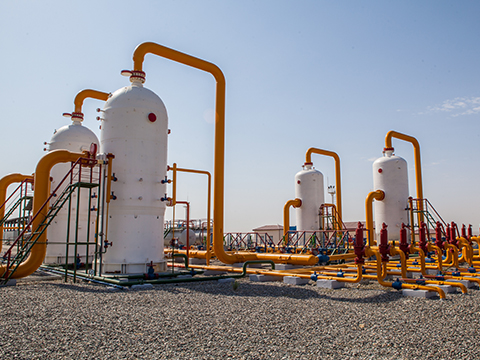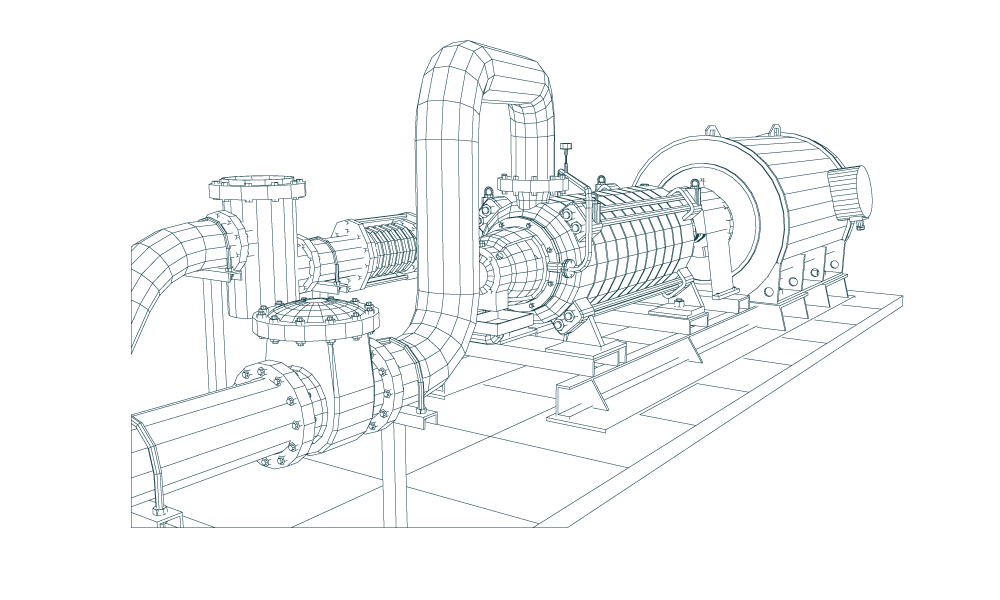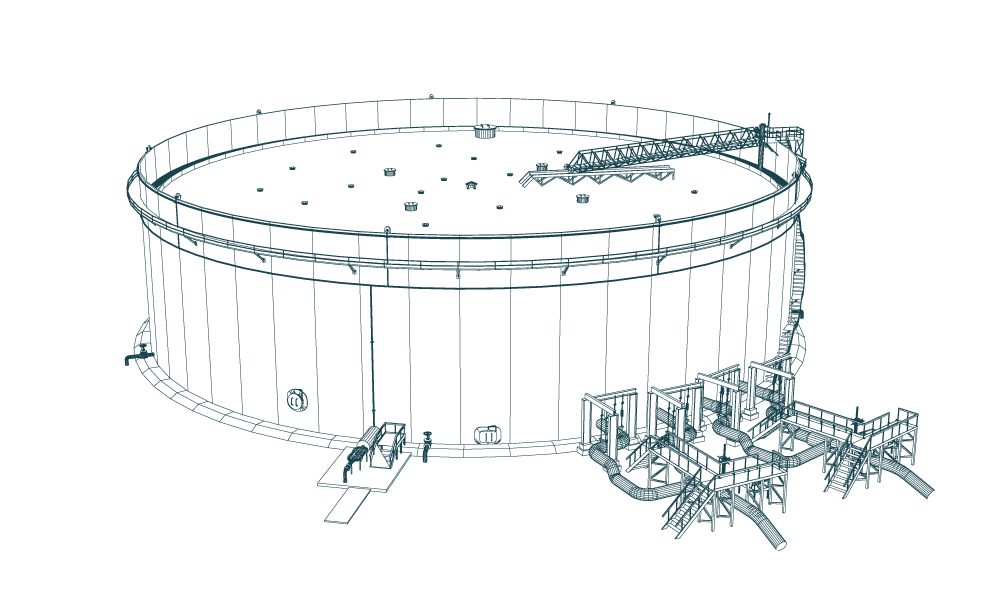PCS® Insights
Sharing Industry Knowledge, Lessons-Learned and Published Presentations
New Regulatory Requirements Impacting Producers & Gas Gathering Operators
New Category of Regulated Onshore Gas Gathering Lines (Type C)

The US Department of Transportation’s Pipeline and Hazardous Materials Safety Administration (PHMSA) has issued its final rule that expands federal pipeline safety oversight to all onshore gas gathering pipelines. This rule is 10 years in the making and expands the definition of a ‘regulated’ gas gathering pipeline that is more than 50 years old. It will apply federal pipeline safety regulations to thousands of miles of unregulated gas gathering pipelines. The final rule will require pipeline operators to report safety information for all gas gathering lines which represents approximately an additional 400,000 miles of gathering pipe, covered by federal reporting requirements.
“After years in development, these new regulations represent a major step to enhance and modernize pipeline safety and environmental standards” said US Transportation Secretary Pete Buttigieg. “This rule will improve safety, reduce greenhouse gas emissions, and result in more jobs for pipeline workers that are needed to help upgrade the safety and operations of these lines.” Gas gathering lines are used to transport natural gas from production facilities to gas transmission pipelines. These gas gathering pipelines typically have been lower-pressure, lower risk, smaller-diameter lines, and located in lesser-populated, rural areas. Now that hydraulic fracturing is being the primary method of drilling over the last 10 to 15 years, the volume of gas extracted and transported through gathering lines has increased. Now these gathering pipelines with diameters, operating pressures, and associated risk factors similar to larger transmission lines have significantly increase
There have been a significant number of incidents on high pressure, unregulated gathering pipelines that have occurred on these high pressure, unregulated lines that have led to fatalities, injuries, and large amounts of greenhouse gas (methane) emissions.
PHMSA has estimated that there are at least 425,000 miles of onshore gas gathering lines that have not been subject to PHMSA oversight. This rule establishes a new category of regulated onshore gathering lines covering higher-pressure lines that pose a heightened risk in rural areas with specific reporting requirements.
The rule also applies existing pipeline safety requirements to tens of thousands of miles of these same pipelines (*currently applicable to transmission pipelines). The rule also requires all onshore gas gathering pipeline operators to begin filing incident reports and comprehensive annual reports. The collection of this information is necessary for determining the greenhouse gas impacts of highly potent methane pollution.
Article Details
Author: Robert Knanishu
Subject Matter Expert
PCS® Chicago
More Information
Contact Us
We would appreciate any opportunity to assist you, and to connect you with the right person at PCS ® to address your needs and answer any questions.
Request Info Call Us 1-800-643-8306


